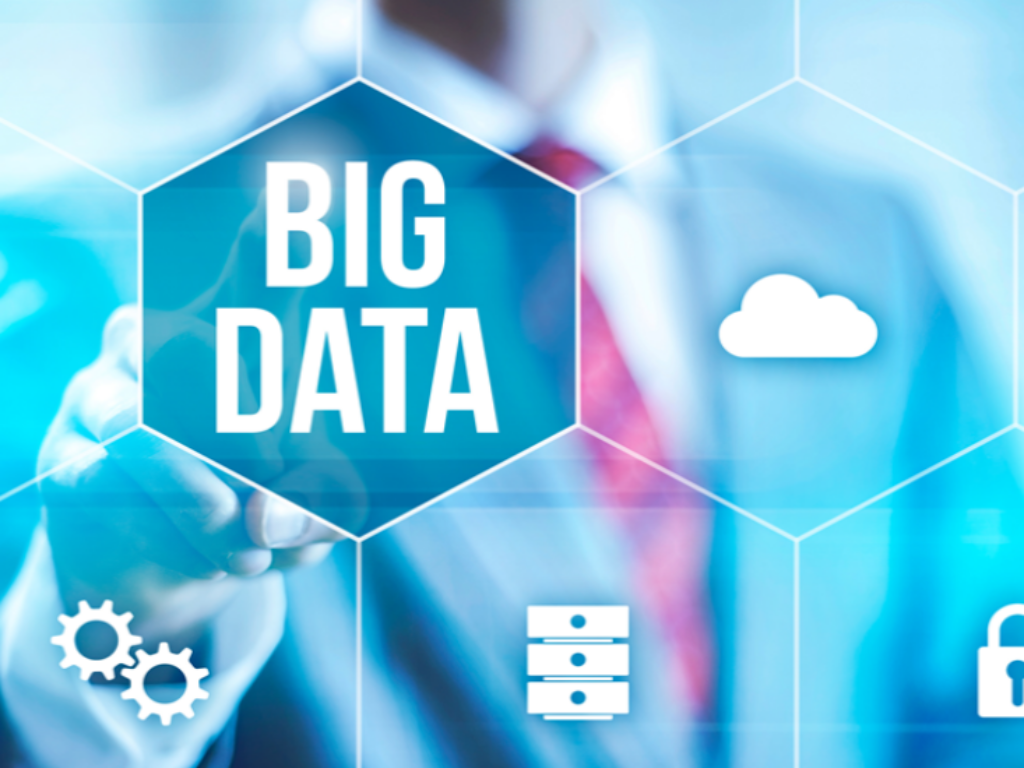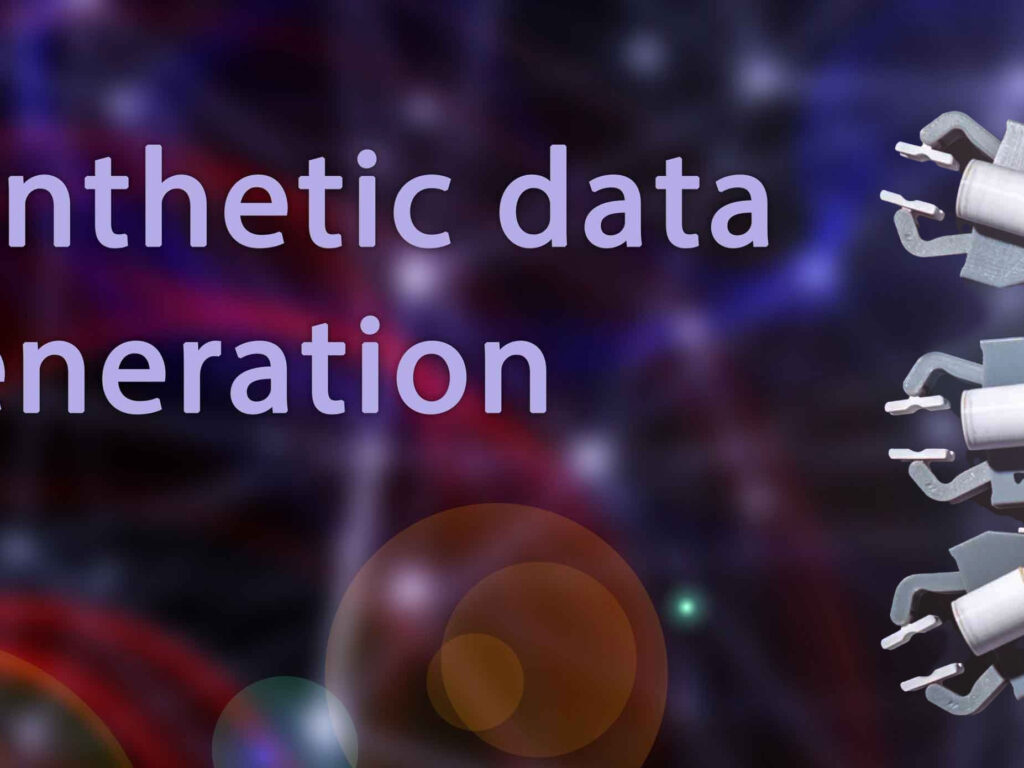In this contributed article, Stephany Lapierre, Founder and CEO of Tealbook, discusses how AI can help streamline procurement processes, reduce costs and improve supplier management, while also addressing common concerns and challenges related to AI implementation like data privacy, ethical considerations and the need for human oversight.
Why Integration Data is Critical for Powering SaaS Platforms’ AI Features
In this contributed article, Gil Feig, co-founder and CTO of Merge, discusses how integration data can support AI features and why without successful product integrations, successful AI companies would not exist.
Avoid these 8 Data-related Mistakes on Data Projects
This article is excerpted from the book, “Winning with Data Science: A Handbook for Business Leaders,” by Howard Friedman and Akshay Swaminathan with permission from the publisher, Columbia Business School Publishing. The article covers how to avoid 8 data-related mistakes on data projects
How to Use Raw Data in Web Analytics
In this contributed article, Mateusz Krempa, Chief Operations Officer for Piwik PRO, explores the benefits and challenges of using raw data in analytics, and discusses its potential use cases for gaining valuable insights.
Heard on the Street – 4/25/2024
Welcome to insideBIGDATA’s “Heard on the Street” round-up column! In this regular feature, we highlight thought-leadership commentaries from members of the big data ecosystem. Each edition covers the trends of the day with compelling perspectives that can provide important insights to give you a competitive advantage in the marketplace.
Artificial Intelligence Means Smaller Teams Doing More with Less Makes the Small Autonomous Teams Structure Even More Important
In this contributed article, Brady Brim-DeForest, CEO of Formula.Monks, discusses how the more that we incorporate AI technology into white collar workflows in large organizations, the more that it becomes important to lean into the work structures that make humans function at their best.
The Solution to Data in Motion Is to Just Stop
In this contributed article, Sida Shen, product marketing manager, CelerData, discusses how data lakehouse architectures promise the combined strengths of data lakes and data warehouses, but one question arises: why do we still find the need to transfer data from these lakehouses to proprietary data warehouses? In this article, we’ll explore how to maximize the efficiency of lakehouses, eliminate data in motion, and streamline data management processes.
What Happens When We Train AI on AI-Generated Data?
In this contributed article, Ranjeeta Bhattacharya, senior data scientist within the AI Hub wing of BNY Mellon, points out that In the world of AI and LLMs, finding appropriate training data is the core requirement for building generative solutions. As the capabilities of Generative AI models like Chat GPT, DALL-E continues to grow, there is an increasing temptation to use their AI-generated outputs as training data for new AI systems. However, recent research has shown the dangerous effects of doing this, leading to a phenomenon called “model collapse.”
Where Artificial Intelligence Is Making a Difference in Healthcare
In this contributed article, Rajesh Viswanathan, Chief Technology Officer for Inovalon, discusses how for the past year, AI was at the center of conversations throughout healthcare. While the potential for AI to revolutionize healthcare is clear, from care delivery to enhancing operational efficiencies and accelerating research, many organizations are still figuring out where to begin.
Heard on the Street – 4/18/2024
Welcome to insideBIGDATA’s “Heard on the Street” round-up column! In this regular feature, we highlight thought-leadership commentaries from members of the big data ecosystem. Each edition covers the trends of the day with compelling perspectives that can provide important insights to give you a competitive advantage in the marketplace.












